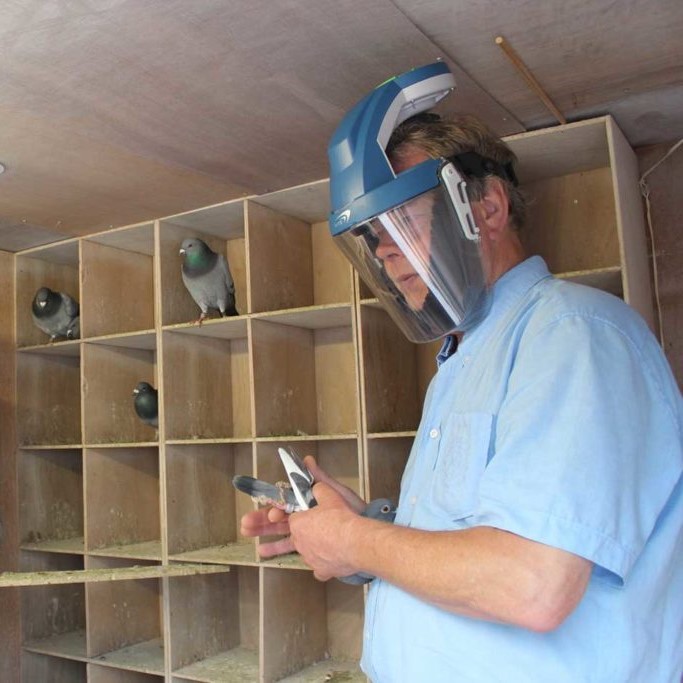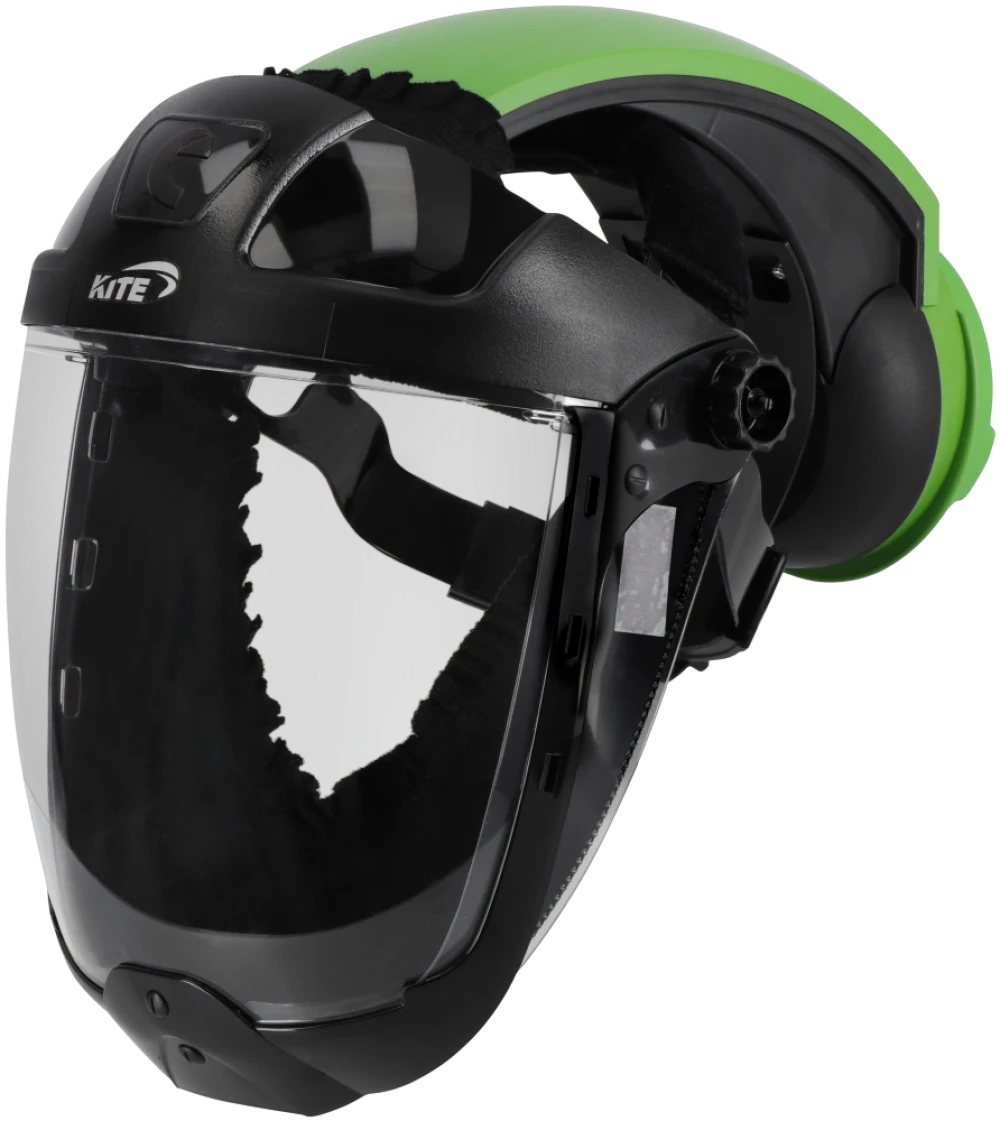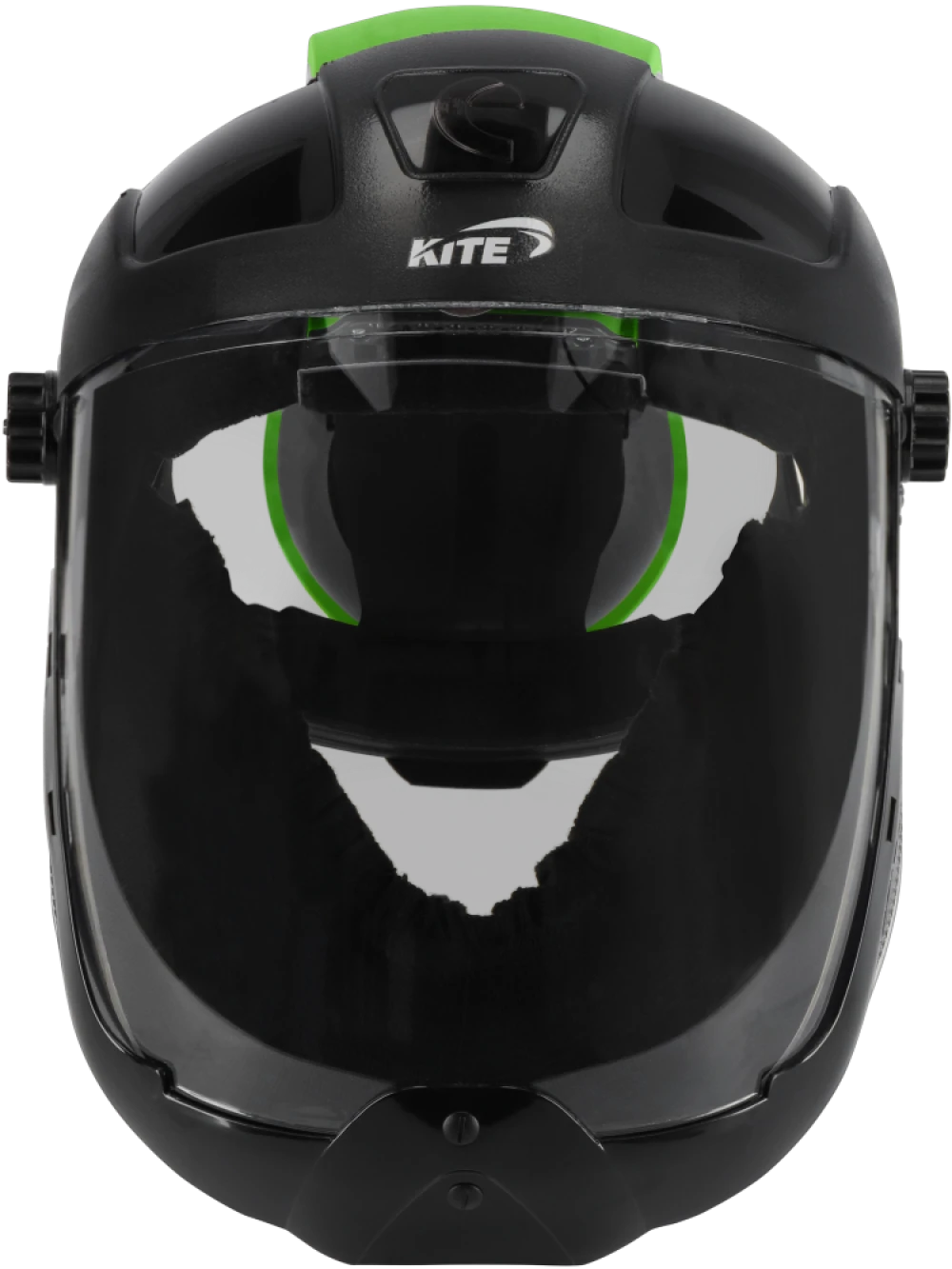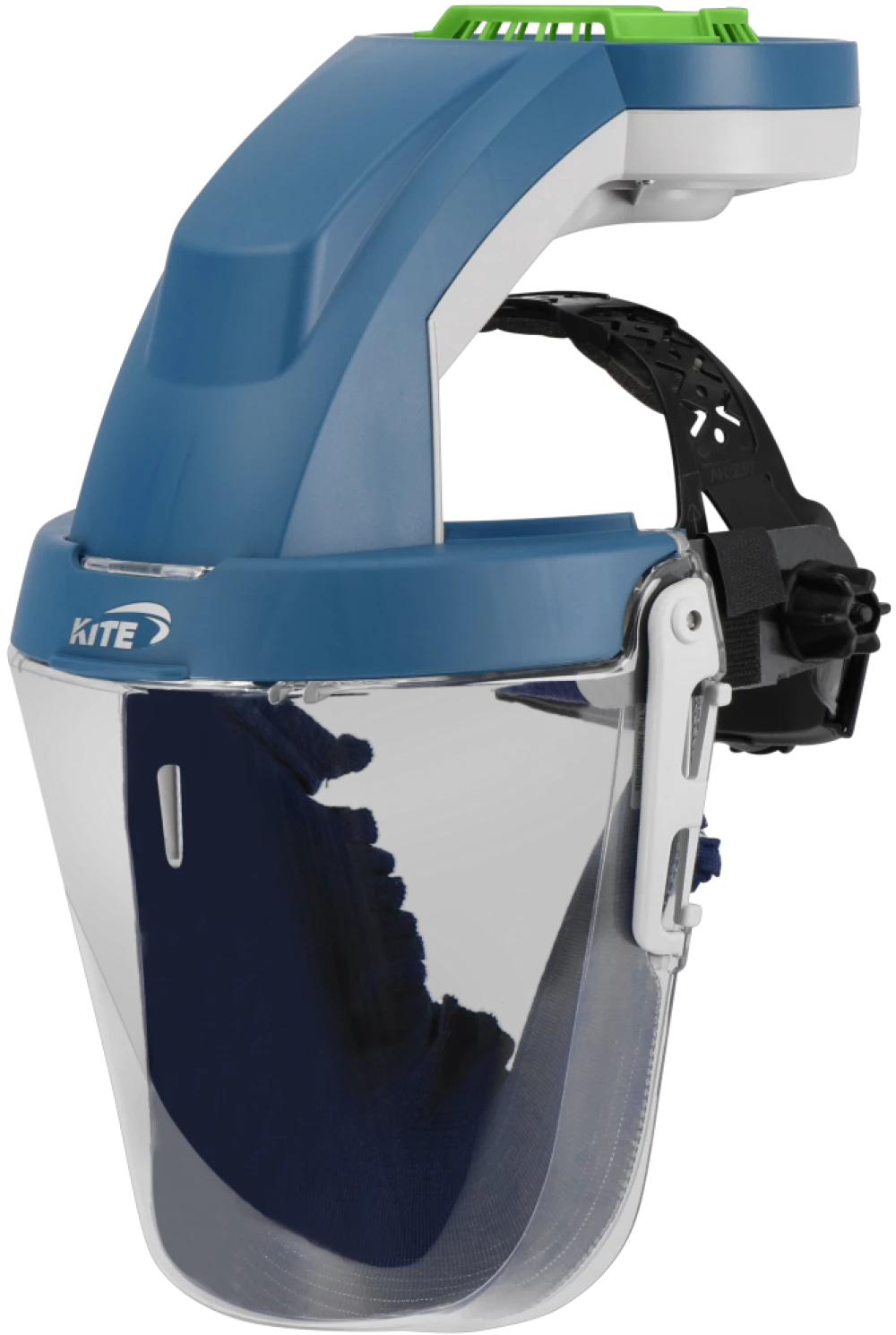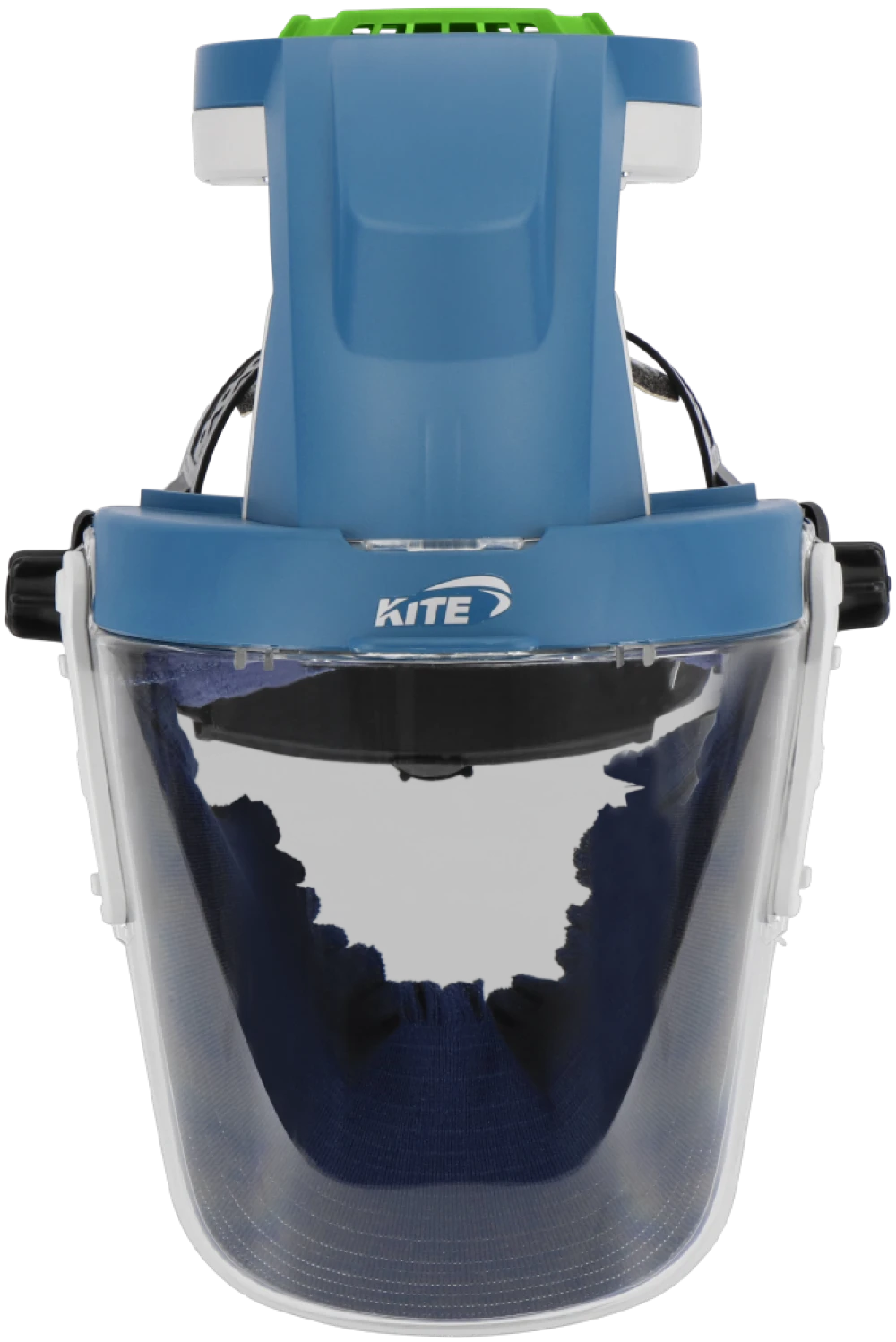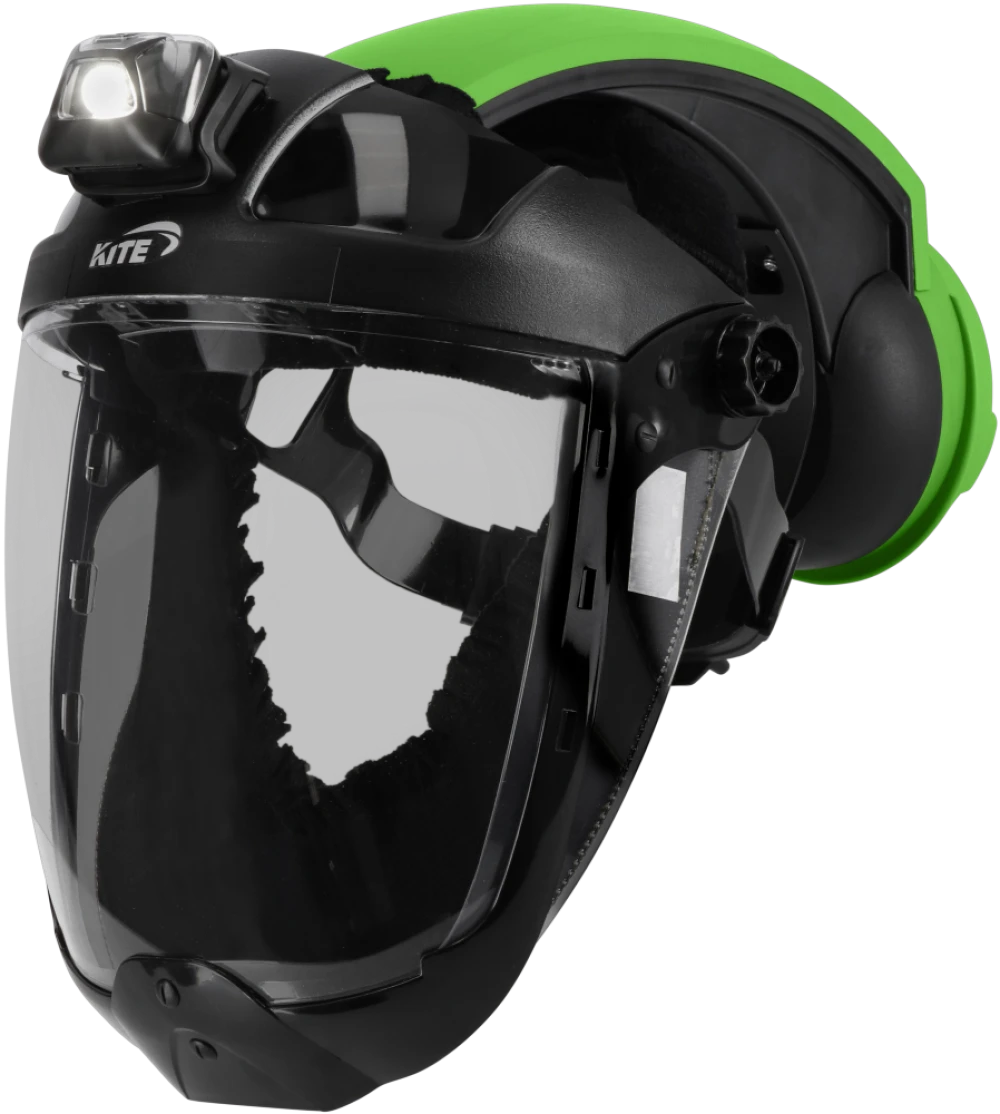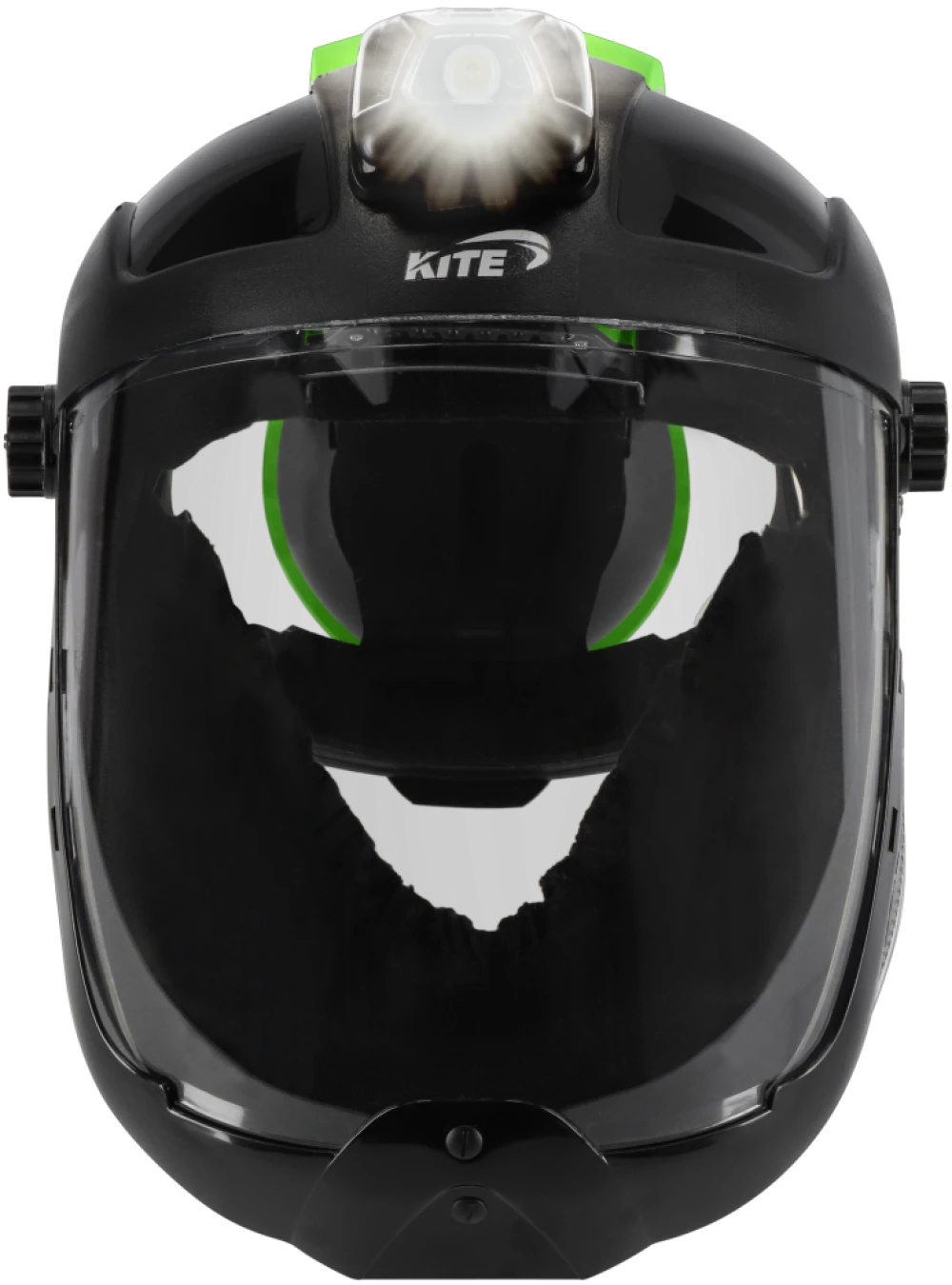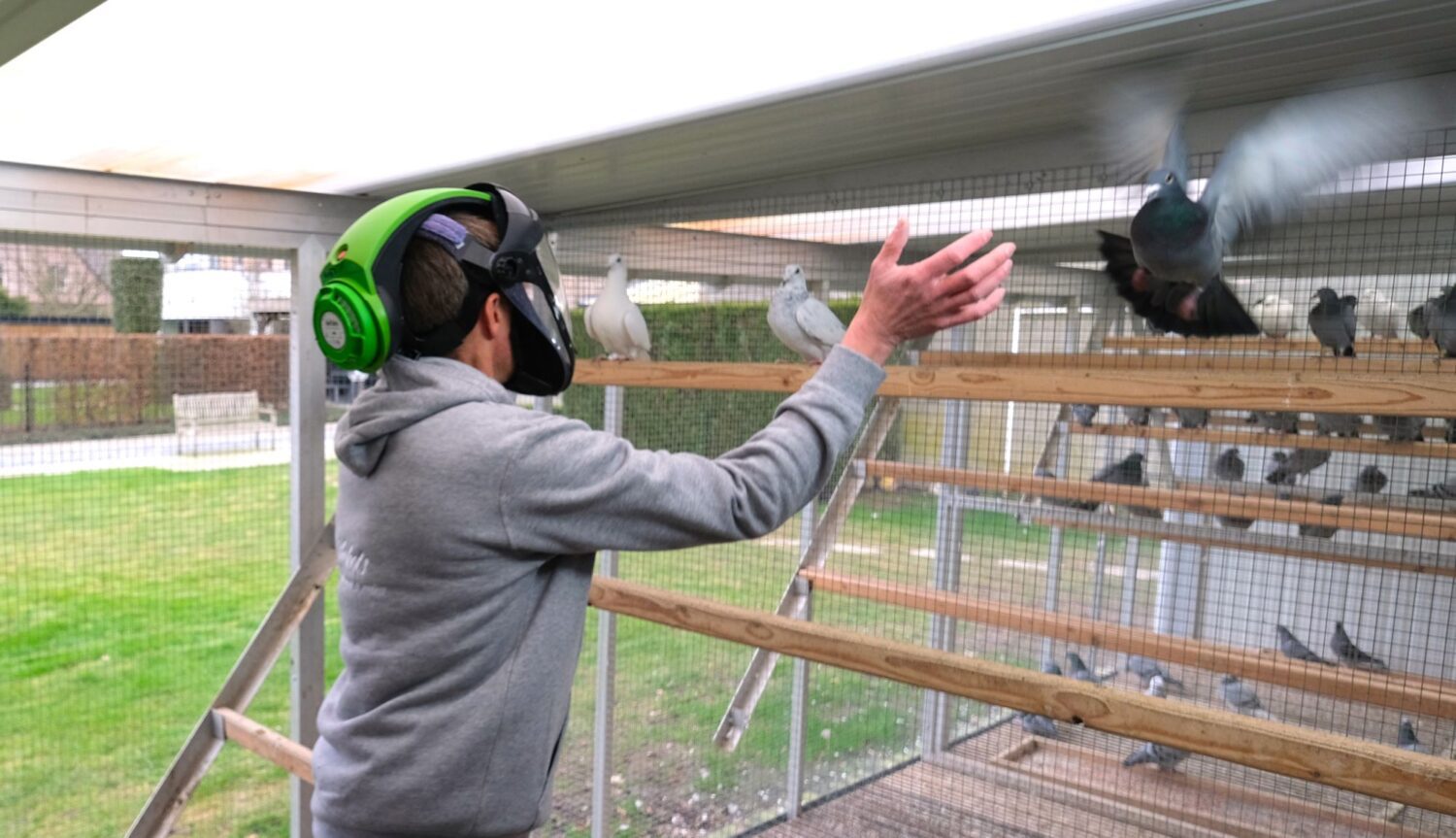
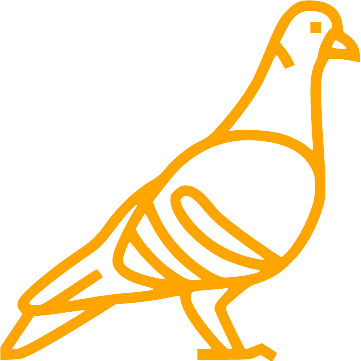
Respiratory protection for pigeon fanciers

Pigeon fanciers are exposed to a lot of pigeon dust in their aviary, originating from feathers and droppings. Exposure to this pigeon dust can cause health issues over time and in severe cases lead to a condition known as pigeon fancier’s lung or bird fancier’s lung, medically termed extrinsic allergic alveolitis. This allergic reaction of the lung tissue results in shortness of breath, dry coughing fits, and reduced lung capacity. It is crucial to take measures before the first symptoms appear. Preventing inhalation of pigeon dust is essential and can effectively be achieved by wearing a suitable dust mask.
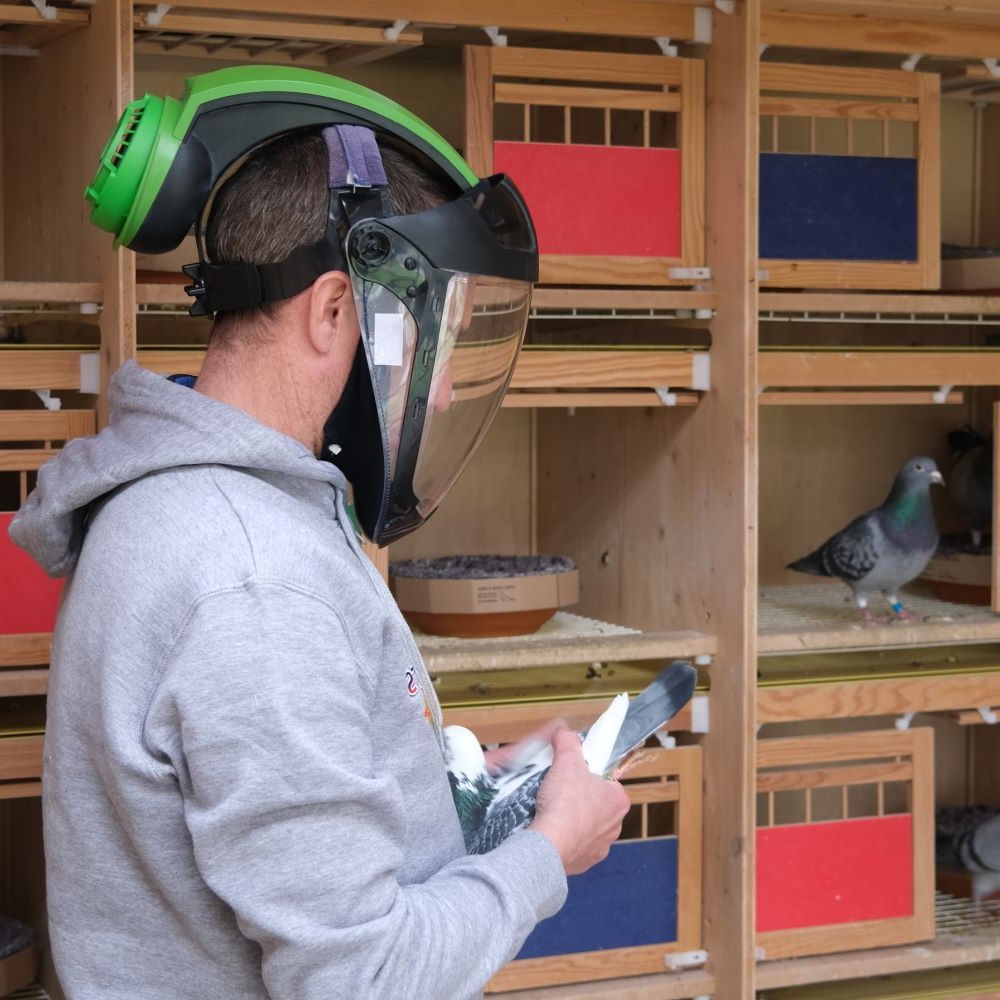
Causes of pigeon dust
Manure and feathers contribute most to fine dust in pigeons. The harmful proteins that cause pigeon fancier’s lung come from both feathers and dried bird droppings. This isn’t limited to pigeons but also applies to poultry, parakeets, and other birds.
When pigeons take off or flap their wings, they create dust clouds, dispersing harmful particles into the air. Keeping the pigeon loft clean is crucial to minimize airborne dust. Cleaning the loft increases dust exposure, emphasizing the need for proper protection with a suitable dust mask.
Arbin Kite mask against pigeon dust
In the world of pigeon racing, Arbin’s powered air purifying respirators (PAPRs) have gained recognition over time. Many pigeon enthusiasts favor using “blown air masks” because they direct clean air across the face, making breathing effortless. The Kite respirators fall into this category of blown air systems, featuring a built-in motor in the hood to eliminate the need for the wearer to overcome filter resistance.
The Kite PAPRs offer the highest level of protection, surpassing the effectiveness of commonly used FFP2 or FFP3 masks. These disposable masks are frequently underutilized or poorly utilized in practice due to their reputation for discomfort, heat, and fatigue.
